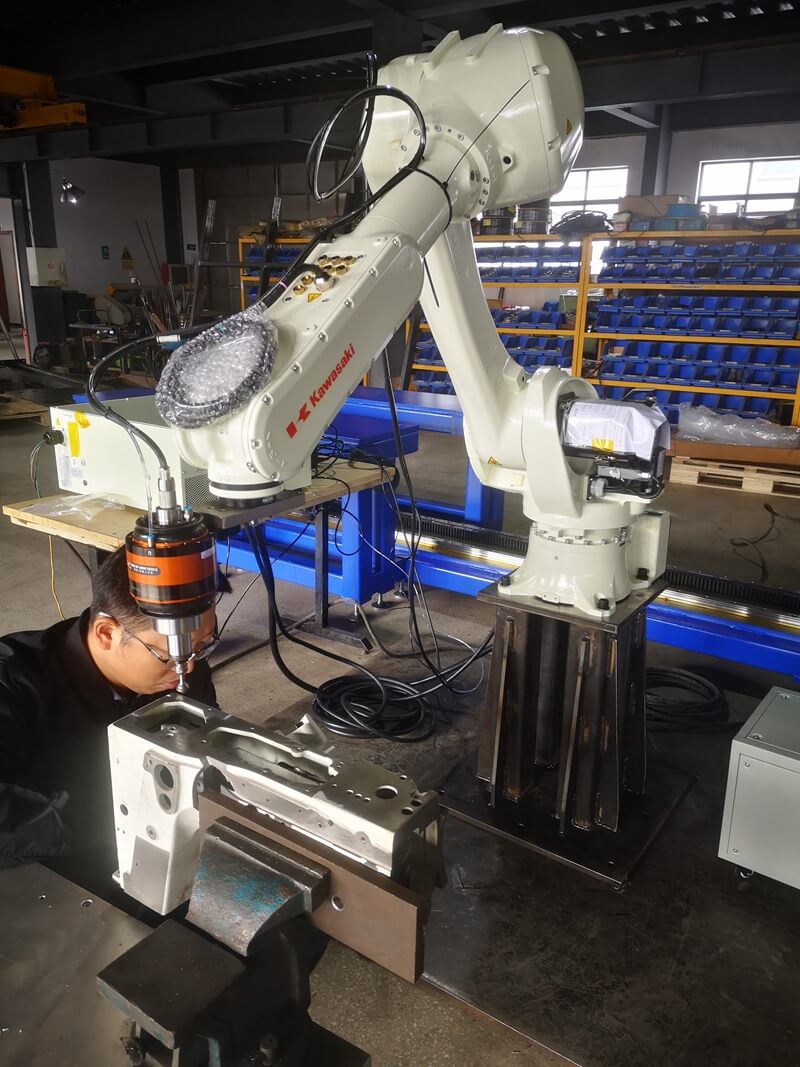Material removal tools are indispensable in the realm of precision manufacturing, enabling the creation of intricate designs and high-quality finishes. These tools are used to remove excess material from a workpiece, shaping it into the desired form. Understanding the different types of material removal tools, their applications, and their significance in various industries is crucial for anyone involved in manufacturing and engineering.
Types of Material Removal Tools
1. Cutting Tools
Lathe Tools: Used in lathes for turning operations, lathe tools remove material by rotating the workpiece against a stationary cutting tool.
Milling Cutters: Utilized in milling machines, these tools remove material by rotating and moving along multiple axes to create complex shapes.
Drill Bits: Essential for creating holes, drill bits come in various sizes and shapes to suit different drilling needs.
2. Abrasive Tools
Grinding Wheels: Used for grinding operations, these wheels remove material through abrasion, providing smooth finishes and precise tolerances.
Sandpaper: A versatile abrasive tool, sandpaper is used for smoothing surfaces by hand or with power sanders.
3. Electrochemical Tools
Electrochemical Machining (ECM) Tools: These tools remove material by electrolytic dissolution, allowing for precise machining of hard-to-machine materials without generating heat or stress.
4. Laser Cutting Tools
Laser Cutters: These tools use high-powered lasers to cut through materials with precision and speed, suitable for metals, plastics, and even some ceramics.
Applications of Material Removal Tools

Material removal tools are used in a wide range of industries, including automotive, aerospace, electronics, and medical devices. They are essential for manufacturing components with high precision and tight tolerances. For example, in the aerospace industry, milling cutters and grinding wheels are used to create complex shapes and smooth finishes on turbine blades. In the medical field, laser cutters are employed to manufacture intricate parts for medical devices.
Importance of Material Removal Tools in Modern Manufacturing
1. Precision and Accuracy: Material removal tools enable the production of components with high precision and accuracy, essential for applications where tight tolerances are critical.
2. Efficiency: Advanced material removal tools, such as CNC (Computer Numerical Control) machines, enhance manufacturing efficiency by automating processes and reducing manual labor.
3. Versatility: With a wide variety of tools available, manufacturers can choose the most suitable tool for each specific application, ensuring optimal results.
4. Quality: High-quality material removal tools contribute to superior surface finishes and structural integrity of the final product, which is crucial for performance and longevity.
Conclusion
Material removal tools play a vital role in the manufacturing industry, enabling the creation of high-precision components with excellent quality. Understanding the different types of tools, their applications, and their significance helps manufacturers and engineers select the right tools for their needs, ensuring efficient and accurate production processes. As technology continues to advance, the development of new and improved material removal tools will further enhance manufacturing capabilities, driving innovation and excellence in various industries.
